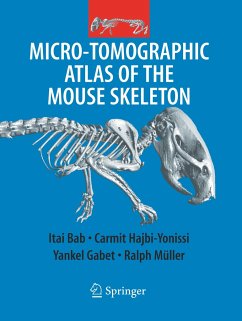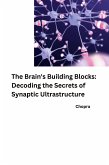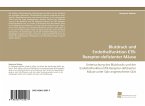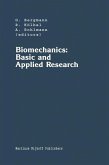At the present time, the laboratory mouse has become a central tool for skeletal studies, mainly because of the extensive use of genetic manipulations in this species. Naturally, this widespread use of mice in developmental, bone, joint, tooth, and neurological research calls for detailed anatomical knowledge of the mouse skeleton as a reference for experimental design and phenotyping under a variety of experimental conditions, including genetic manipulations (e.g., transgenic and kno- out mice). Several general treatises on the normal anatomy of the mouse and rat have been published in the previous century. In the absence of adequate technologies, these books describe only the external anatomical features of the different parts of the skeleton. In general, images in these atlases are camera lucida-based line drawings rather than accurate three-dimensional images. Furthermore, so far a systematic two- and three-dimensional description of the internal anatomy of bones, as well as the three-dimensional relationship exhibited in joints, are not available.
From the reviews:
"The format of the book is clearly defined and well organized by the authors. ... serve as an important visual reference for researchers using mouse models in skeletal biology research. The Micro-Tomographic Atlas of the Mouse Skeleton is a great elementary reference to any collection and wonderfully illustrates the tremendous power of micro-CT technology in the imaging of the rodent skeleton." (Steven M. Tommasini and Christopher Price, Journal of Mammalian Evolution, Vol. 16, 2009)
"The format of the book is clearly defined and well organized by the authors. ... serve as an important visual reference for researchers using mouse models in skeletal biology research. The Micro-Tomographic Atlas of the Mouse Skeleton is a great elementary reference to any collection and wonderfully illustrates the tremendous power of micro-CT technology in the imaging of the rodent skeleton." (Steven M. Tommasini and Christopher Price, Journal of Mammalian Evolution, Vol. 16, 2009)







